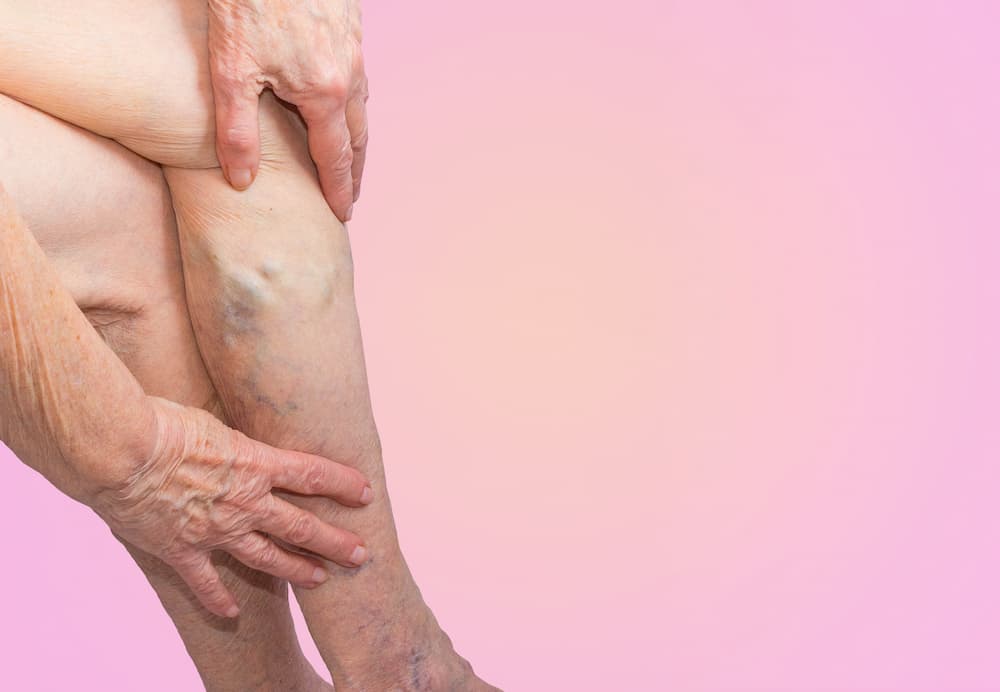Chronic venous insufficiency is a condition that affects the veins in your legs. It can cause pain, swelling, and a feeling of heaviness in your legs. If left untreated, chronic venous insufficiency can lead to more serious problems, such as blood clots or skin ulcers. But is chronic venous insufficiency curable? In this article, we will explore the treatments for chronic venous insufficiency and whether or not it can be cured.
What is Chronic Venous Insufficiency?
Chronic venous insufficiency (CVI) is a condition in which the veins in your legs do not work properly. As a result, blood cannot move freely through them, and can instead pool or back up and cause damage to the veins.
CVI is fairly common, affecting about 1 in 20 adults. It usually affects people over the age of 50 and the risk increases with age.
What are the symptoms of Chronic Venous Insufficiency?
The most common symptom of chronic venous insufficiency is a feeling of heaviness or fatigue in the legs. Other symptoms may include swelling, cramping, a feeling of "pins and needles", or pain. Over time, if left untreated, CVI can lead to more serious problems such as blood clots or leg ulcers.
Chronic venous insufficiency is diagnosed with stages ranging from Stage 0 (no signs can be outwardly seen but you may have tired achy legs) to Stage 6 (with an active venous ulcer).
What causes Chronic Venous Insufficiency?
The primary cause of chronic venous insufficiency is weakened vein valves. Vein valves are responsible for ensuring that blood flows in the correct direction, from your feet back to your heart. If these valves become damaged or weakened, it can lead to CVI. These valves can become damaged by a variety of factors, including age, obesity, pregnancy, prolonged standing or sitting, and certain medical conditions.
In addition to these factors, chronic venous insufficiency can also be caused by a blockage in the veins (such as a blood clot) or by an underlying condition such as deep vein thrombosis.
CVI causes may be congenital, primary, or secondary:
- Congenital: Congenital CVI is caused by genetic factors that are present from birth.
- Primary: Primary CVI is caused by aging and lifestyle factors, such as obesity and prolonged standing or sitting.
- Secondary: Secondary CVI is caused by an underlying medical condition, such as deep vein thrombosis or a blockage in the veins that damages the veins.
The most common cause of CVI is aging. As we get older, our veins weaken and become less elastic. This can lead to a decreased ability for them to transport blood efficiently, which can result in CVI.
What are the treatments for Chronic Venous Insufficiency?
The good news is that chronic venous insufficiency can be treated with lifestyle changes, compression therapy, medications, and, if needed, surgical procedures. The goal is to help your blood flow better, heal any leg ulcers, reduce pain and swelling, and improve the appearance of your skin.
Lifestyle changes:
Making lifestyle changes such as losing weight, exercising regularly, elevating your legs when sitting or lying down, and avoiding prolonged standing can help improve blood flow in your legs and reduce the symptoms of CVI.
Compression therapy:
Compression therapy is the gold standard of care for CVI. It involves wearing special stockings or bandages that apply gentle pressure to your legs and help improve blood flow.
Unlike compression socks, which are difficult to put on, and bandages that require the assistance of a trained medical professional to put on, The Aero-Wrap™ Gradient Compression System is an easier, more comfortable way to effectively manage CVI. With a slip-on design, hook & loop attachments, and thin and flexible fabrics Aero-Wrap brings the best in next-generation compression technology.
Medications:
Your doctor may also prescribe medications such as anticoagulants (blood thinners) or vasodilators to improve the blood flow in your veins, reduce swelling, and help prevent blood clots.
Surgical procedures:
In some cases, your doctor may recommend surgery to remove any blockages in your veins or repair damaged valves. Surgery is typically recommended only if other treatments have not been successful.
Can Chronic Venous Insufficiency be cured?
Unfortunately, chronic venous insufficiency can't be cured, but it can be managed with lifestyle changes and treatments such as compression therapy and medications. The goal is to reduce symptoms and improve the quality of life for people living with CVI.
Making lifestyle changes such as exercising regularly, maintaining a healthy weight, avoiding prolonged standing or sitting, and elevating your legs when resting can help improve blood flow in the legs and reduce symptoms. Compression therapy can also be beneficial for reducing pain and swelling, as well as promoting better circulation in the legs. If necessary, medications or surgery may be recommended to help manage CVI.
With proper management and treatment, people with CVI can live active, healthy lives. The key is to understand the condition and take steps to reduce symptoms and improve the quality of life.

